Head: The Incredible Story Of The Mad Film That Destroyed The Monkees

The Beatles may have popularised the zany band movie in the 60s, but The Monkees killed the genre stone dead with ‘Head’: the weirdest pop movie ever made.
Hey hey we’re The Monkees / You know we like to please
A manufactured image / With no philosophies
We hope you like our story / Although there isn’t one
That is to say, there’s many / That way, there is more fun!
You’ve told us you like action / And games of many kinds
You like to dance, we like to sing / So let’s all lose our minds!
You can accuse popular 60s beat combo The Monkees of many things – and people did – but they were never guilty of misleading fans as to the content of their 1968 movie, 'Head’. 'Ditty Diego – War Chant’, the tuneful manifesto above, opens the movie and sets the scene for a bad trip to a seriously dark place: no sooner had Davy Jones, Micky Dolenz, Michael Nesmith and Peter Tork stopped singing, the iconic image of assassinated Viet Cong prisoner Nguyễn Văn Lém filled the screen to the sound of screaming.
- Morgan Freeman’s Shawshank Quibble
- Daniel Radcliffe Tours With Corpse
- Rik Mayall’s Lost Potter Role
Even The Beatles and their 'Magical Mystery Tour’, released the same year, knew better than to open with a war crime. 'Head’ was a psychedelic stream of consciousness with little-to-no story, was written by a dosed-up Jack Nicholson and contained adult themes intended to alienate existing Monkees fans. Nothing less than a giant middle finger to everything the band had achieved to date, 'Head’ was created to kill off The Monkees – and it succeeded.
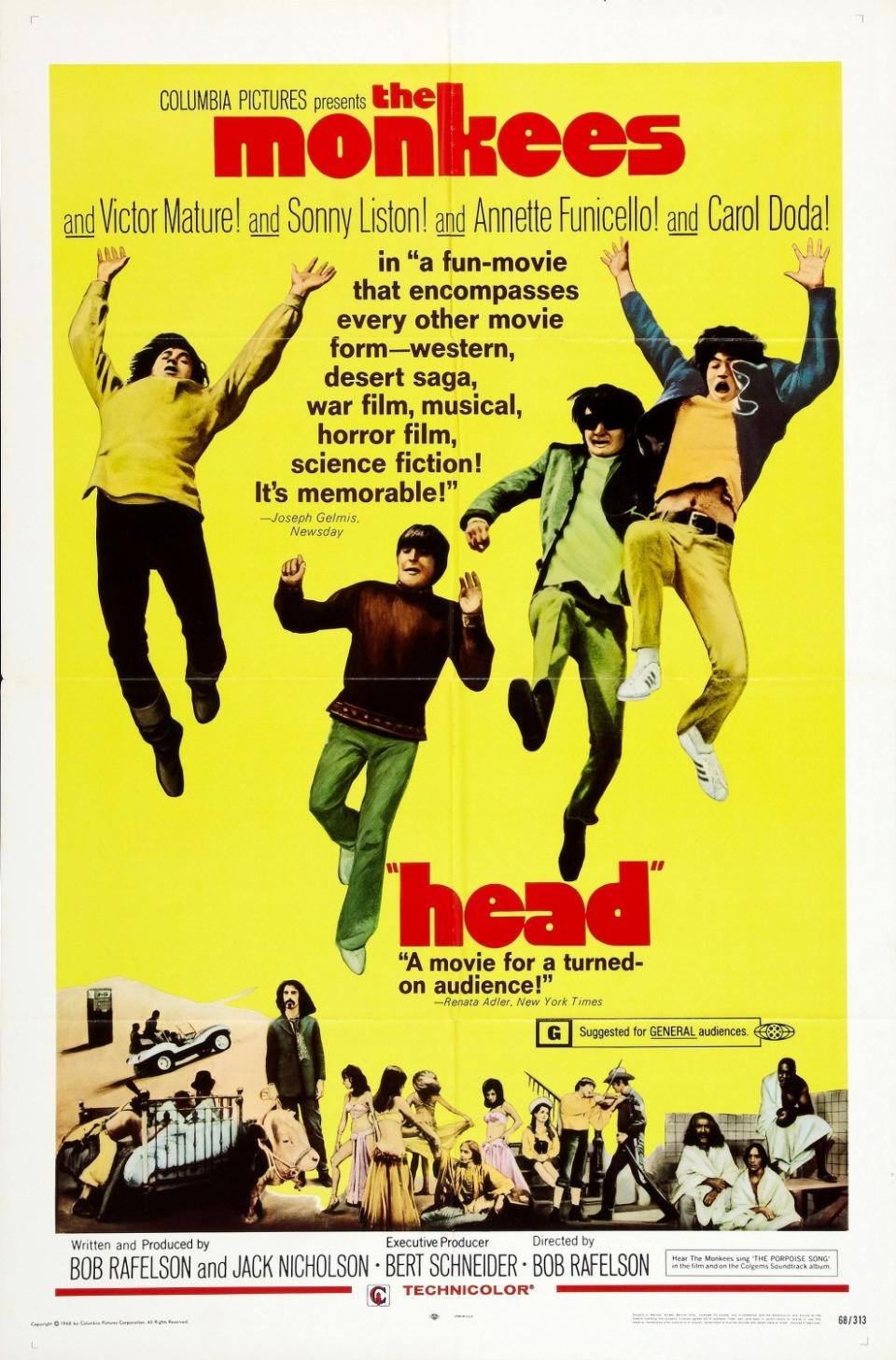
In 1966, John Lennon claimed The Beatles were bigger than Jesus, but by 1967, The Monkees were bigger than The Beatles. Not only were the Transatlantic popstars outselling the Fab Four, they were selling more records in the USA than The Rolling Stones and The Beatles combined. Unlike Liverpool’s finest, however, The Monkees were a manufactured pop act, who were famously formed to star in a TV show and were not allowed to play the music on their own records. Even though they fought and eventually won the right to perform their own songs on their own albums, by 1968 The Monkees were in freefall – despite a huge fanbase, they were dogged by bad press and rumours they couldn’t shake about their lack of musical ability. What they needed was to hit the reset button.
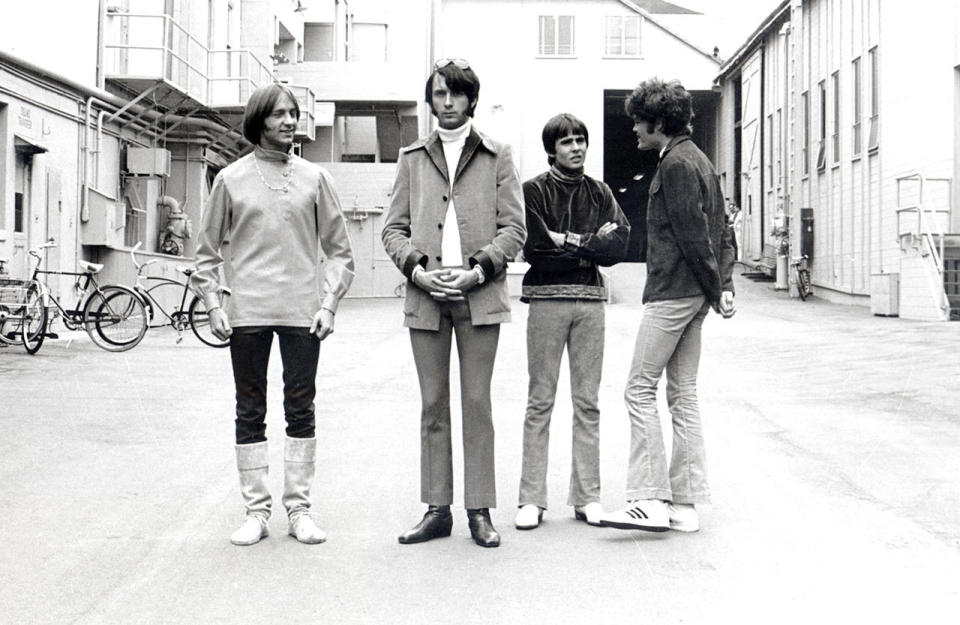
'Head’ was that reset button. Conceived by Bob Rafelson, Hollywood producer extraordinaire and The Monkees’ creative supervisor, the movie was intended to deconstruct everything audiences thought they knew about the band. Rafelson directed the picture and was aided in writing the screenplay by friend Jack Nicholson, then largely unknown. A year later, the pair would release Easy Rider together. “Of course 'Head’ is an utterly and totally fragmented film,” said Rafelson. “Among other reasons for making it was that I thought I would never get to make another movie, so I might as well make 50 to start out with and put them all in the same feature.” Even the movie’s title was built on a childish pun – if a sequel was ever green-lit, the tagline would have read: “From the people who gave you 'Head’.”
Legend has it, the various unconnected vignettes that make up 'Head’ were workshopped by Rafelson and the members of the band in the California desert, with copious amounts of marijuana present. It was a mish-mash of different genres: the tagline called Head “the most extraordinary adventure, western, comedy, love story, mystery, drama, musical, documentary satire ever made (and that’s putting it mildly)”. Later, Nicholson would listen to recordings of the band’s ideas via tape deck, and allegedly assembled the film’s screenplay under the influence of LSD. It shows.
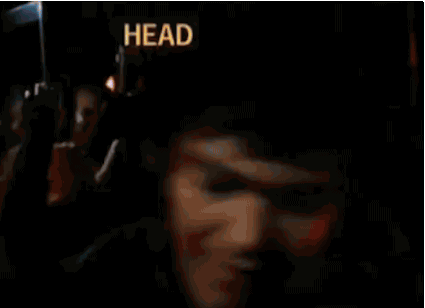
Scenes in the film include, but are not limited to: Mickey Dolenz drowning and being rescued by mermaids; Peter Tork punching a man in drag; Davy Jones partaking in a meta boxing match which features a flashback to his days as a fiddler; Dolenz, lost in a desert, attacking a random Coke machine; and the band pretending to be flecks of dandruff in the hair of giant actor, Victor Mature (playing himself). All interspersed with musical numbers. If The Monkees themselves were inspired by 'A Hard Day’s Night’, 'Head’ was undoubtedly inspired by a hard night’s drugs.
The band, however, knew exactly what the movie was supposed to achieve. Said Michael Nesmith: “By the time 'Head’ came out The Monkees were a pariah. There was no confusion about this. We were on the cosine of the line of approbation, from acceptance to rejection… and it was basically over. 'Head’ was a swan song. We wrote it with Jack and Bob… and we liked it. It was an authentic representation of a phenomenon we were a part of that was winding down.”
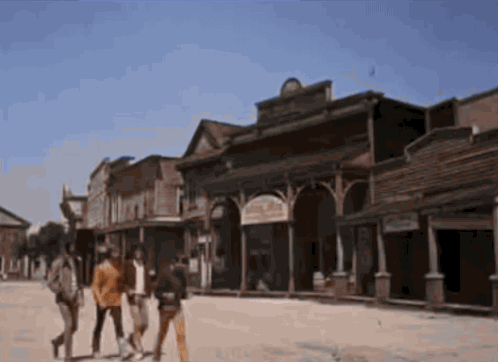
'Winding down’ was perhaps an understatement: the band were imploding. Shortly before filming was due to begin, the band learned that despite their early brainstorming sessions, they were not to be credited as screenwriters; on the first day of shooting, poor old Peter Tork was the only Monkee on set after the other members staged a one-day walkout in order to secure a higher fee. Though the strike was curtailed, the relationship between The Monkees and Rafelson, the man who created them, was never the same again: 'Head’ represented the last time they worked together professionally.
'Head’ was, unsurprisingly, a flop. In fact, it was designed to be aggressively anti-consumer: not only was the film’s concept not commercial in the slightest, but the marketing barely made any mention of The Monkees at all. The film succeeded in demolishing the band’s squeaky-clean image, but it didn’t attract an alternative audience, making just $16,111 in the States. It even affected the band’s ability to sell records: the 'Head’ soundtrack charted at 45 on the Billboard Top 100, the first time a Monkees album hadn’t cracked the Top 5; the lead single, 'Porpoise Song’ (sample lyrics: “Clicks, clacks, riding the backs of giraffes for laughs”) was the first of the band’s tracks not to make the Top 40.
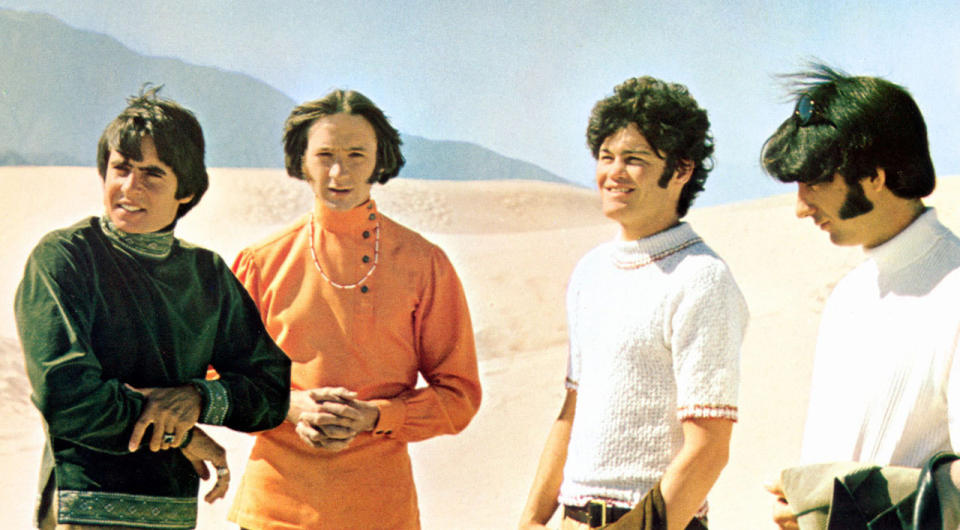
The band slowly dissolved in the following years, although eventually the band would find new fame and reunite, first in the 80s after the advent of MTV made them popular for a new generation, then again throughout the years, even after Davy Jones’ death in 2012. However, they could never recapture the manic energy and pre-'Head’ magic that saw them plastered on every teenage girl’s bedroom wall. The film’s reputation, though, only got better once the dust had settled – it is now considered a surrealist masterpiece and a cult classic. One thing is abundantly clear: 'Head’ is one of the bravest movies ever committed to film. You can’t imagine any modern musical acts ever committing to such a brazenly uncommercial project, and until One Direction make their own acid-inspired movie anthology of anti-consumerist tone poems, 'Head’ stands unique as pop’s most shocking 86-minute suicide note.
- Movie Urban Legends: True or False?
- Perfectly Cast Movie Lookalikes
- Most Annoying Comic Book Movie Moments
Image credits: Rex/YouTube

 Yahoo Movies
Yahoo Movies 
